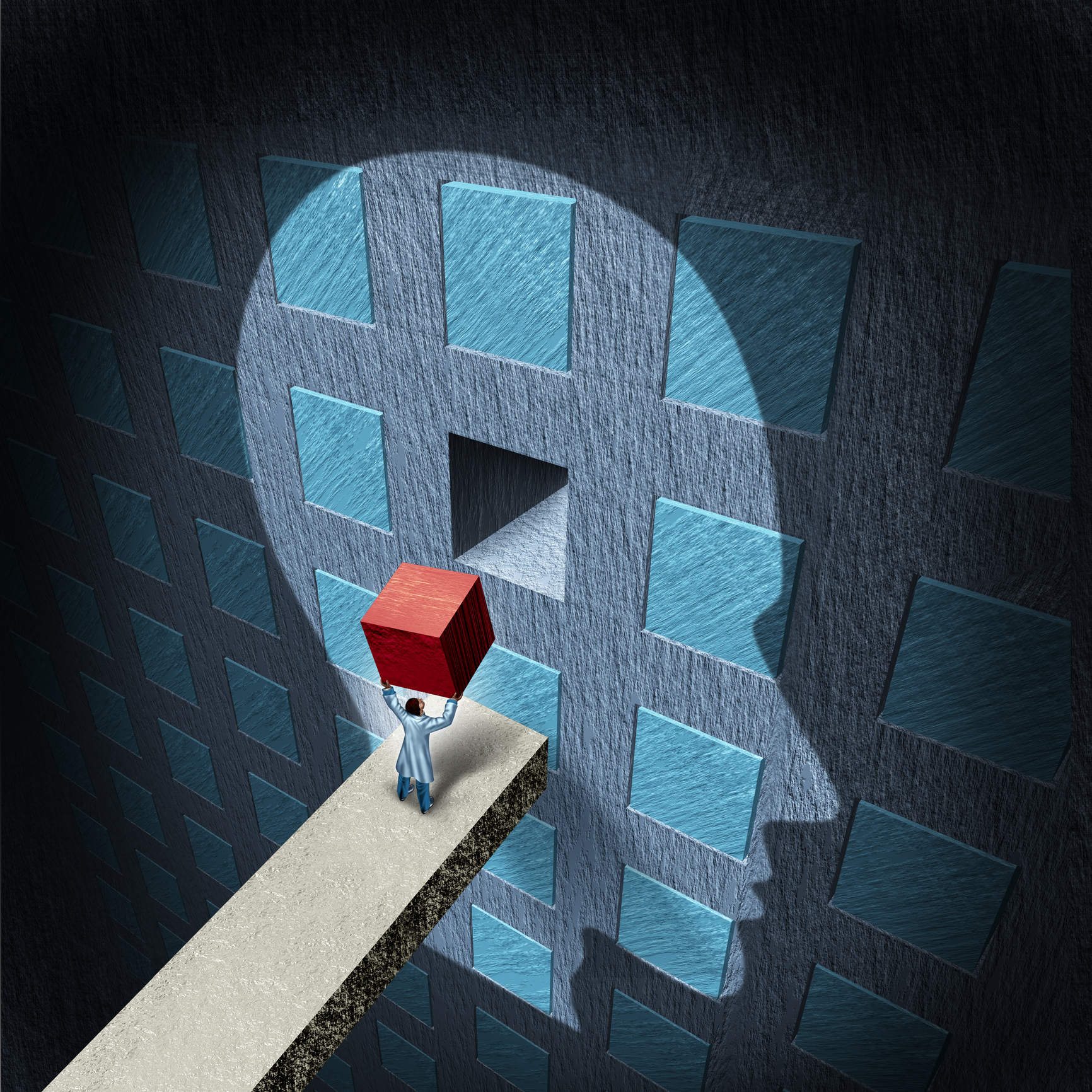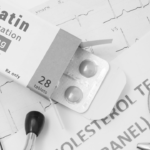
Rebuilding the Brain
Neuroregenerative Neurorehabilitation Program
The evidence-based neurorehabilitation program is the clinical application of current neuroscience research in treatment of neurodegenerative disease processes. This represents the integration of neurochemistry and neuropharmacology with conventional physical, occupational, and speech therapies in an inpatient hospital setting. Patients, and families of patients, suffering from dementia, multiple sclerosis, Parkinson’s, ALS, spinal cord injuries, traumatic brain injuries, and strokes will agree that the efficacy of conventional therapies alone in the treatment of these most challenging of human pathologies is limited. While they are thankful for any improvement realized in these rehabilitation facilities, the most frequently asked questions are, “Could stem cells help?” and “Can’t we regrow brain cells?” Through the internet and media ‘regenerative medicine’ has now reached outside academia and into the dinner table discussions of the general public, especially that public with debilitating neurologic processes.
In fact, the answer to both questions is “Yes.” Dr. Lewis Clarke has been studying how the body uses its own stem cells to repair the brain since it was first learned in the 1990’s that this was possible. Dr. Clarke is a medical doctor with a Ph.D. in the field of cell biology and neuroscience and has studied neurochemistry, neuroanatomy, and neuropharmacology since the 1970’s. The combination of his specialty of Physical Medicine and Rehabilitation with neuroscience allows unique neuropharmacologic additions to conventional neurologic rehabilitation. Dr. Clarke’s protocol is based on the current published research in neurochemistry and neuroregeneration.
Every day hundreds of papers are published demonstrating that minimal interventions using the brain’s own chemistry can promote neurogenesis, the birth of new brain cells. For example, the recent discovery in the early 2000’s of the sigma 1 receptor and its role in neurogenesis when stimulated by specific neurochemicals, has precipitated even more research to learn which neurochemicals make which kind of brain cell. Currently, it is known that there is surprising specificity in these mechanisms. Certain neurochemicals can even stimulate the conversion of the body’s own stem cells into new neurons in a brain area called the hippocampus, the area involved in memory and learning. Others can drive the brain’s repair sequences to convert stem cells into a cell called the oligodendrocyte which, in turn, generates myelin, the insulation wrap around the connections of one neuron to the next. This can have profound implications for patients with multiple sclerosis whose disease process involves the deterioration of the myelin sheath that then leads to the paralysis and neurologic decline.
All this is well-established and state-of-the-art science published in peer-reviewed journals. When Dr. Clarke’s protocol is implemented together with physical, occupational and speech, and cognitive therapies, these newly generated neurons must then form their connections to a network of neurons to train specific functions. This function may be improving a loss of balance, a loss of speech, a loss of movement, or a deficit in accessing memory. The therapies form the network. Having the sheet music on the piano is not enough to make beautiful music. There must be repetitive practice.
Dr. Clarke’s program uses supplements and neurotransmitters that are already endogenous or naturally present in the brain and can augment or magnify the benefits of the patient’s conventional treatments and medications. This program is available at Post Acute Medical Rehabilitation Hospital in Webster, Texas, located just south of Houston. An average length of stay depending on the neurologic diagnosis is three to four weeks.

